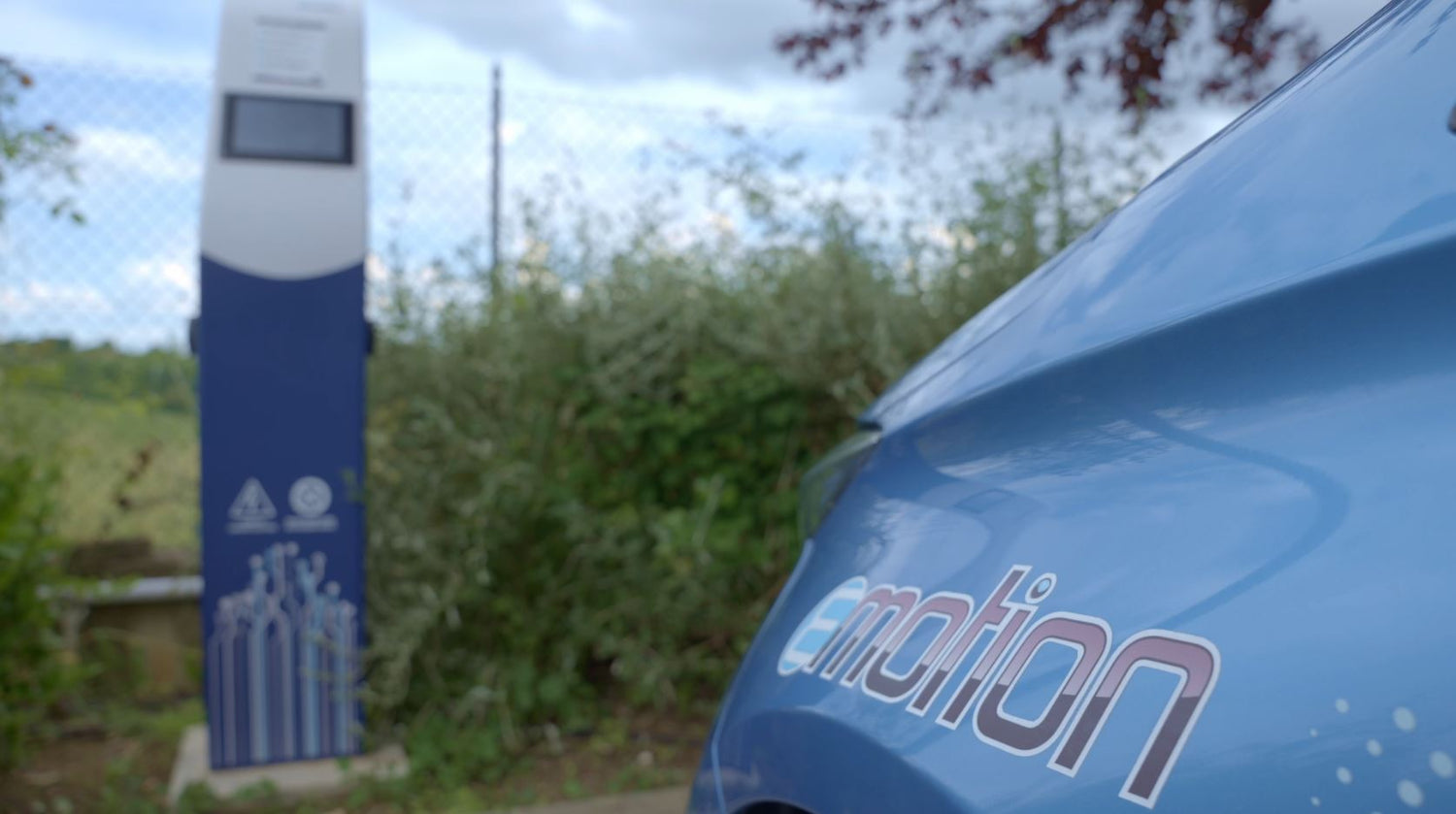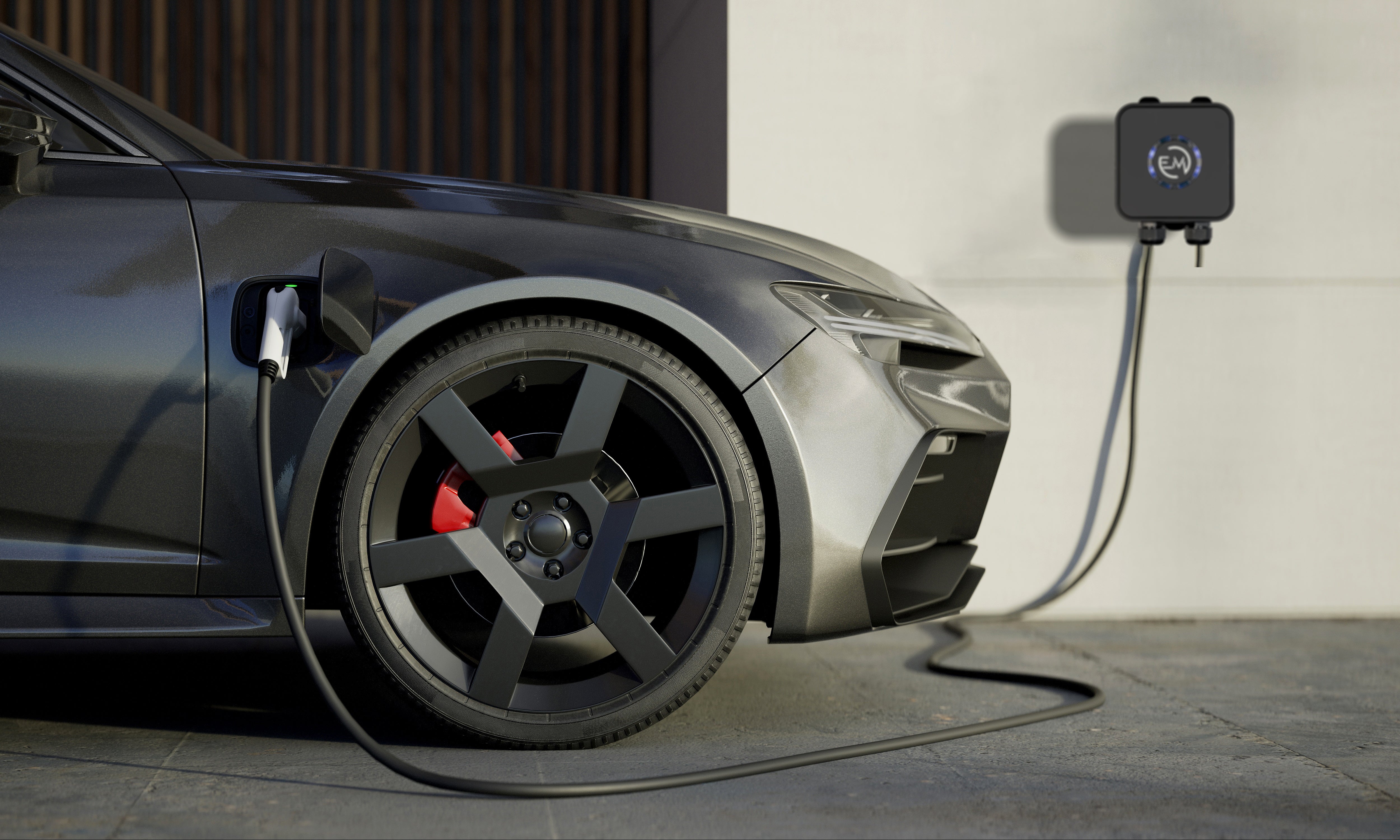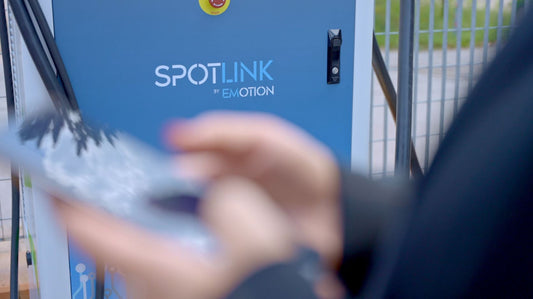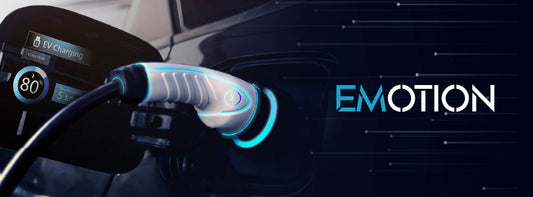Fast charging solutions for electric vehicles: the future of sustainable mobility

Fast charging for electric vehicles is possible thanks to a number of advanced technologies, such as direct current (DC) fast charging, induction charging and long-range charging.
Direct current (DC) fast charging is the most common charging technology for electric vehicles, allowing vehicle batteries to be recharged in minutes, rather than hours. For direct current (DC) fast charging, it is necessary to use a specific charging station, capable of delivering powers exceeding 50 kW.
Induction charging, on the other hand, allows electric vehicles to be recharged without having to connect the vehicle to a charging socket. This technology uses an induction coil placed in the floor, which generates a magnetic field to recharge the vehicle battery.
Finally, long-range charging is a technology still under development, which allows the vehicle battery to be recharged while driving, thanks to special coils placed under the road which transmit electricity to the vehicle.
The implementation of these fast charging solutions is having a significant impact on the electric vehicle market, as it allows to significantly reduce the charging times of electric vehicles and increase the range of electric vehicles.
However, the implementation of these fast charging solutions requires an adequate investment in charging infrastructure, in order to ensure a widespread diffusion of fast charging stations in strategic points such as public car parks, service stations and buildings.
Furthermore, it is important to make consumers aware of the advantages of fast charging and associated technologies, such as the reduction of waiting times, the increase in the range of electric vehicles and the possibility of traveling with greater freedom and autonomy.
To promote the implementation of fast charging solutions, effective communication tools can be used, such as digital marketing campaigns, social media and online advertising. In addition, events and demonstrations can be organized to raise awareness and promote the benefits of fast charging.
In conclusion, fast charging solutions for electric vehicles represent the future of sustainable mobility and are changing the way we think about transport. Thanks to new technologies and incentive policies, it is possible to guarantee a widespread diffusion of fast charging stations and continue to invest in research and development of innovative solutions for sustainable mobility.








